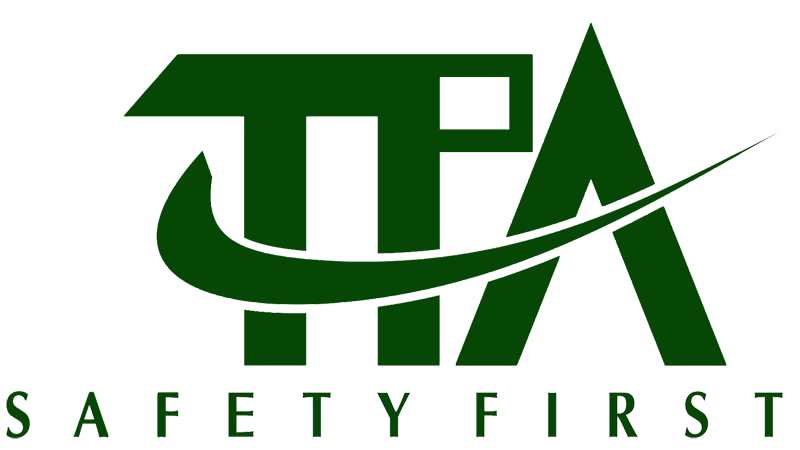The historical past of HTML may be traced again to Sir Tim Berners Lee’s concept of making an environment friendly markup language to trade data, which led to the invention of “HTML“. Since then, it has undergone important enhancements, and with the introduction of HTML5, the spheres of web improvement have broadened additional. Today, over 1.eight billion existing sites function testament to how HTML has shaped the digital panorama. Over the years, HTML has gone via several revisions, with each new version including more options and capabilities. HTML 2.zero, which was released in 1995, introduced new tags for formatting textual content, creating tables, and embedding photographs and movies. HTML, which stands for Hypertext Markup Language, is the standard language used to create internet pages and functions on the web.
Of course, like the newest version of the iPhone, we’re at all times seeking to update and further develop know-how to remain relevant with the altering occasions. The 2.0 model of HTML arrived in 1995, with three.zero scorching on its heels in 1997, four.0 in 1999, and 5.zero (or HTML5) in 2014. Believe it or not, HTML is a huge part of our internet expertise and how we read paperwork online. The seeds planted for creating HTML span further back than you would possibly suppose. It even predates the official birthday of the internet (January 1, 1983 – our internet is 40 years old!). So, here’s a short history of HTML, what these confounded letters stand for, and their function.

HTML is a markup language that net browsers use to interpret and compose textual content, images, and different materials into visible or audible net pages. Default traits for every merchandise of HTML markup are outlined in the browser, and these traits may be altered or enhanced by the online page designer’s additional use of CSS. These formatting instructions were derived from the commands used by typesetters to manually format paperwork. However, the SGML idea of generalized markup is based on elements (nested annotated ranges with attributes) quite https://www.globalcloudteam.com/ than merely print results, with separate construction and markup. HTML (Hypertext Markup Language) has skilled a major transformation over the past decade previous to releasing its latest model generally recognized as HTML5 (Hypertext Markup Language 5). Several elements conceived around HTML throughout this period introduced significant issues within the development of the usual as a outcome of an increasing fragmentation and complexity in protocols, platforms, gadgets and methods.
A Quick Historical Past Of Html
No browser at present obtainable is totally in preserving with HTML 4.zero, which is already two and a half years old. Support for Cascading Style Sheets
We use it to attach with family and friends, do research, store, and stream motion pictures and TV shows. It’s exhausting to imagine a world without the internet, however it began with a government project to create a communication system that might survive a nuclear attack. Over the next few many years, the web slowly grew and expanded. In the Eighties, the National Science Foundation (NSF) developed a model new community referred to as NSFNET, which linked universities and research facilities across the nation.

QUIC runs multiple streams over UDP and implements packet loss detection and retransmission independently for every stream, in order that if an error occurs, solely the stream with information in that packet is blocked. The extensibility of HTTP made it simple to create new headers and strategies. Even although the HTTP/1.1 protocol was refined over two revisions, RFC 2616 revealed in June 1999 and RFC 7230-RFC 7235 revealed in June 2014 earlier than the release of HTTP/2, it was extremely secure for greater than 15 years. Some components in HTML 4.1 are by no means used or not used they’re deleted or re-written in HTML5. The web has modified since HTML 4.1 grew to become normal in web 1999.
On Phatic Technologies For Creating And Sustaining Human Relationships
These applied sciences would require customers to install browser plug-ins, and in some instances meant that sure users could be unable to access the content material (for example, iPhones and iPads don’t assist Flash). Throughout HTML Source I might be instructing using the HTML 4.01 normal. The percentage of people utilizing lately released browsers is high sufficient now for it to be safe to design websites utilizing new HTML four.01 components and stylesheets. HTML four.0 was a big evolution of the HTML requirements, and the last iteration of traditional HTML. In 1993, Tim Berners-Lee invented a system for connecting electronic paperwork. He developed the first iteration of “HTML” with the intention of growing a language that may allow document authors to connect numerous texts.
These include creating fundamental pages with textual content content material and hyperlinks between pages. There wasn’t a lot that could probably be accomplished with it and therefore most webpages ended up wanting very related as a end result of incapability to do things such as; alter the web page background, decide fonts and use tables and varieties. The subsequent major model of HTTP, HTTP/3 has the same semantics as earlier variations of HTTP but makes use of QUIC instead of TCP for the transport layer portion. This occurred in parallel to the varied implementations of HTTP/1.0. The first standardized version of HTTP, HTTP/1.1, was printed in early 1997, only a few months after HTTP/1.0.
- the choice to drop backwards compatibility from its rendering engine so as
- Because XHTML and HTML are intently associated, they’re sometimes documented in parallel.
- Other modifications embrace handling inaccurate syntax errors and SQL databases and software caché.
- This rapid adoption was doubtless as a result of HTTP/2 did not require adjustments to web sites and applications.
As know-how is rising shortly, the method ahead for HTML lies in its capacity to adapt to vary, offer new options to developers, and operate on a variety of devices. In a perfect world, HTML would have a more straightforward syntax and coherent semantics for content material move. HTML is a useful language for expressing the content material of the online.
Historical Past Of Javascript:-
The whole net web page is constructed from HTML building blocks or elements. It is a coding language, which makes use of a way known as markup, to create hyper-text. HTML is actually a simplified subset of a extra common markup language referred to as SGML, which stands for Standard Generalized Markup Language, however is gradually returning to SGML

As the applications built over HTTP grew to become extra highly effective and required access to non-public information like handle books, email, and person location, TLS became essential exterior the e-commerce use case. In 1980 physicist Tim Berners-Lee proposed and prototyped an enquire, a hypertext system to researchers of CERN to make html5 application development use of to share paperwork. In 1989 Berners-Lee and system engineer Robert submitted separate proposals for internet based mostly hypertext system offering similar functions.
as an online of nodes by which the person can browse at will. It provides a single user-interface to large lessons of information (reports, notes, data-bases, computer documentation and on-line help). Dr. Raúl Tabarés is senior researcher at Fundación TECNALIA RESEARCH & INNOVATION where he works on the intersection of digitalization, coverage and culture.
most browsers have tried to hold up backwards compatibility with older requirements, which complicates issues when a extra moderen normal invalidates some side of an older normal. In 1992, when there have been all of 50 internet servers on the earth, CERN released
The emergence of 4.01 also facilitated the event of RSS feeds and paved the means in which for the seamless integration of dynamic content from numerous sources. It has a major impact on the HTML model history and stays a testament to the continual drive for extensibility and innovation within the internet improvement group. The W3C launched the HTML 4.0 specification on the end of 1997, and adopted with HTML four.01 in 1999, which principally corrected a quantity of errors within the four.zero specification. This release tried to correct some of the extra egregious errors that 3.2
This makes XML potentially very powerful, and it’s no surprise that the W3C would create an XML model of HTML (again, referred to as XHTML). XHTML turned an official standard in 2000, and was updated in 2002. Strict guidelines are needed for all XML languages, because without it, interoperability between functions can be unimaginable. You’ll learn more concerning the differences between HTML and XHTML in Unit 2.
The HyperText Markup Language or HTML is the standard markup language for paperwork designed to be displayed in an online browser. It is usually assisted by technologies such as Cascading Style Sheets (CSS) and scripting languages such as JavaScript. Then, in 1989, six years after the creation of the internet, Berners-Lee proposed an internet-based hypertext system. When 1991 rolled around, Berners-Lee gave us a document known as “HTML Tags,” aka keywords that outline how the online browser will format/display content. In 1993, HTML 1.0 debuted, with the primary model consisting of 18 HTML tags. For instance, it included headings, lists, frames, inline pictures, and varieties.
Web browsers receive HTML documents from an online server or from local storage and render the documents into multimedia net pages. HTML describes the structure of a web web page semantically and originally included cues for its appearance. XHTML (Extensible HyperText Markup Language) is a markup language that’s derived from HTML (HyperText Markup Language).


